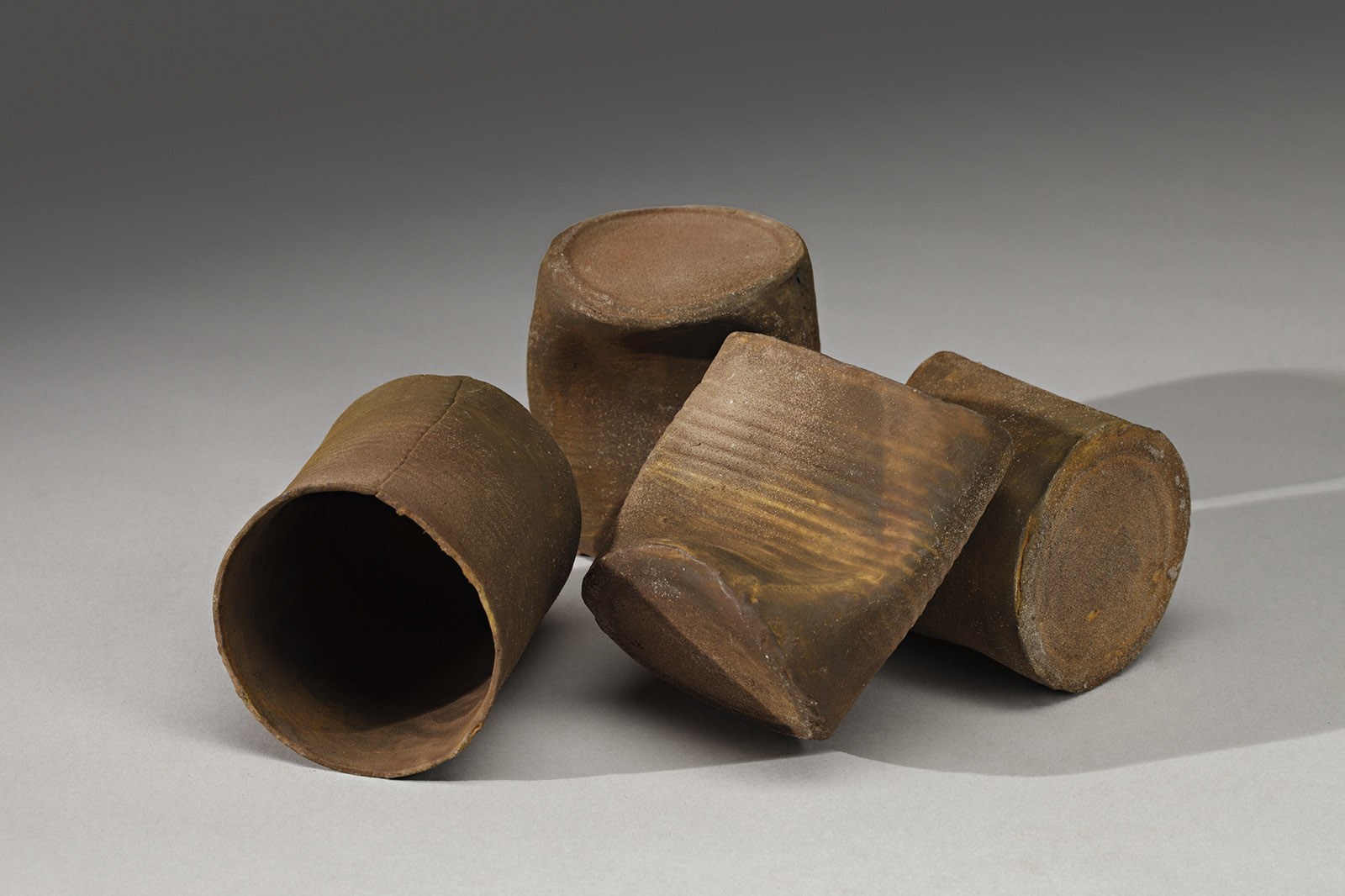
Landfill
Cynthia Jensen, 2013
Porcelain, 3″ x 12″ x 9″
Photo: Philip Cohen Photographic, © 2013, courtesy of the artist
About the Artist
In “Landfill,” Cynthia Jensen artfully recreates rusty cans in porcelain. Perhaps Jensen chooses porcelain because its properties are a powerful metaphor for humanity’s current approach to waste generation and disposal. Is Jensen using porcelain, a material characterized by its permanence, to suggest that we risk permanent damage to our ecosystems by testing the limits of Earth’s ability to absorb our wastes? Or is Jensen implying that nature, like porcelain, is strong and resilient, until it reaches its breaking point? In either case, Jensen is urging us to reconsider our landfills and contemplate a more sustainable approach to daily life.
Explore These Artworks
In the artist’s words:
“My work tells the story of the impact of civilization and industry on our environment. It’s about the growing threat our industrial society poses to the interconnectedness of all living things and to our very existence. Inspired by specimens and artifacts in museums of natural history and anthropology, I imagine what we would leave behind, what would be found after we are gone, and what that would tell about us.”
“The crumpled pile of rusty cans of “Landfill” illustrate the haphazard manner in which we dispose of our waste. The cans represent the containers and packaging that are part of our everyday consumption of food and other products. These materials make up most of our waste and take up much of our landfills. Landfills contain over half the trash and garbage we dispose of every day. At the current rate of disposal, landfills will eventually not be able to accommodate all the trash of the earth’s inhabitants. As with much of my work, I wanted to visually challenge perception with my “Landfill” piece. The rusty “cans” are actually made of porcelain.”
From Global Footprint Network:
A consumer survey in the U.S. found an overwhelming 83% of respondents say that they would choose a product that came in clearly-labeled renewable packaging versus a product that came in conventional packaging. (Source: Global Footprint Network and Tetrapak)
From Earth Day Network:
We address the need to change our “throw-away culture” in the following excerpt from our blog. You can view the full blog posthere.
Crucial lifestyle changes are needed to protect our planet. The “throw-away culture” we now live in victimizes the poor and creates an abundance of unnecessary waste. In Pope Francis’ encyclical, he calls on people to live simpler lives instead of striving for a life of consumption. There are many small things we can all do to help our Earth like taking public transportation, carpooling, planting trees, turning off unnecessary lights, recycling, and boycotting harmful products. The pope called access to clean drinking water “a basic and universal human right, since it is essential to human survival.” Those who are powerful and wealthy are disregarding their actions and violating the Earth. Instead they need to use their resources to help those in need.
In fact, a global authority of cooperating governments can help tackle climate change. Developed countries, who are mostly responsible for the environmental damage through the “export of solid waste and toxic liquids to developing countries, and by the pollution produced by companies which operate in less developed countries in ways they could never do at home,” have a responsibility to help developing countries, as they are bearing the brunt of their actions.
The pope argued that our dependence on technology is not useful unless it is coupled with values and conscience to enhance the Earth, not destroy it: The widespread use of renewable energies should be implemented, as our reliance on fossil fuels is contributing to climate change.
Reserved for art-interpretive content.
Featured Actions:
* Purchase products that use less packaging and are made out of renewable materials or post consumer recycled content.
* Bring a reusable cup for your morning coffee or tea!
* Your pledge will be counted in Earth Day Network’s “A Billion Acts of Green” campaign. Learn more about this campaignhere.
According to recycling-revolution.com, the highest point in Hamilton County, Ohio (near Cincinnati) is “Mount Rumpke.” It is actually a mountain of trash at the Rumpke sanitary landfill towering 1045 ft. above sea level.











